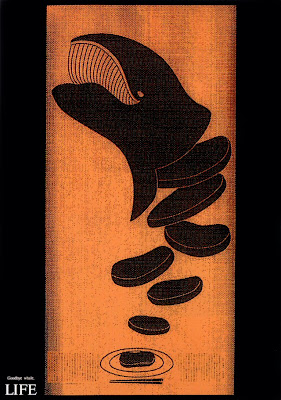We do a lot of our video production work in Montreal, and I've always been impressed with the passion and professionalism of the production houses there. But one thing that always takes me aback is when the one of the directors or producers — who also work on world-class features — refer to our 30-second PSA or government ad as a "film".
This video, for Moelle épinière et motricité Québec, takes the idea one step further. It is a film and although a short one, it takes itself seriously with opening and closing credits, and beautiful acting and production values.
People keep talking about the death of advertising. But they're just thinking of traditional media. The fact is, advertisers are having to give up on the idea that they can steal 30 seconds of a TV viewer's attention and get used to a now in which everything — including commercials — is on-demand entertainment.
One way I explain this to non-ad people is like this: "Let me guess... you record your favourite shows, or buy them on DVD, so you can skip through the commercials. But have you ever clicked a YouTube link of a "hilarious" or "amazing" ad that someone posted on Facebook? That's the only difference. We have to earn your attention rather than ambush you for it."
This video earned my attention. Not only is it worth watching for the content, but the cause is one that got me emotionally engaged in the story. (Don't we all hate those kind of people?)
And that's why the new "advertainment" landscape is good for social issues marketers like us. When consumer advertisers get attention through a great and surprising ad, researchers often record a negative reaction when the product logo appears at the end. They feel like they're paying a price for having watched the ad.
But when the ad is for a sympathetic cause, the end is never a letdown. It provides a sense of relief because the call-to-action allows the audience to convert their emotions into positive action. It's where they go from being overwhelmed to empowered. If it's done right, anyway.
 |
| Let's assume this product placement was unintentional. |
And the best part of free online media is that there is no hard limit to the video's length. It is mostly determined by engagement and the average viewer's attention span. Even with YouTube's 10-minute-or-so cap, you could create an interactive feature-length film if you wanted, just by linking the videos together.
Recently, a colleague was questioning my use of the word "video" when he thought I should call the project an "ad" or a "spot". I'm starting to warm to "film" now, even though most of these projects are digital from end-to-end. It seems more dignified, somehow.



















































